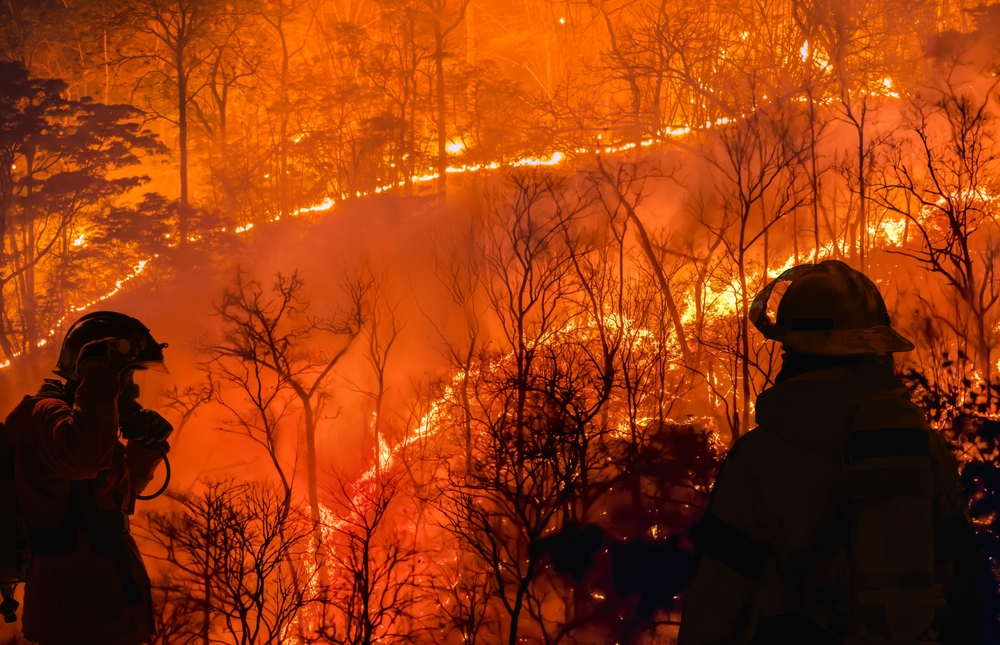Tampa Bay residents know that Florida’s environment is both a blessing and a challenge. From sunny beaches to powerful storms, nature shapes life along the Gulf Coast. But environmental issues like red tide, hurricanes, and pollution also raise serious legal questions for individuals, businesses, and communities.
Red tide, for example, has become a recurring problem in the region. These harmful algae blooms can kill fish, damage tourism, and even cause respiratory issues for residents. Businesses along the waterfront, from restaurants to charter boats, often suffer financial losses during prolonged outbreaks. While some government funds have been made available for relief, many businesses have looked to the legal system to recover damages caused by pollution or alleged mismanagement of waterways.
Hurricanes are another major environmental concern. Each year, Tampa Bay faces the risk of storms disrupting homes, businesses, and infrastructure. After a hurricane, legal disputes often arise over insurance claims. Homeowners may find their claims delayed or denied, while businesses may struggle with business interruption coverage. Contractors and rebuilding companies sometimes face lawsuits over shoddy repair work or price gouging.
Environmental contamination also makes headlines in Florida. Industrial spills, sewage overflows, and development projects can have long-term effects on Tampa’s delicate ecosystems. Residents may file lawsuits for property damage or health effects, while environmental groups push for stronger enforcement of regulations. These cases can set important precedents about how Florida balances growth with environmental protection.
For families living in coastal areas, the legal issues tied to the environment are not abstract—they are part of everyday life. Whether it’s a homeowner disputing an insurance claim after a storm or a business owner affected by red tide, the intersection of environment and law is clear.
In Tampa Bay, where the natural environment is central to the economy and quality of life, legal advocacy often plays a role in protecting both people and resources. Understanding your rights when environmental issues strike can be the first step toward recovery and accountability.














